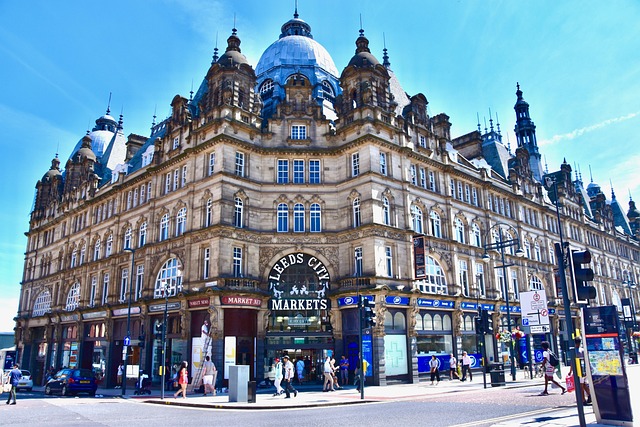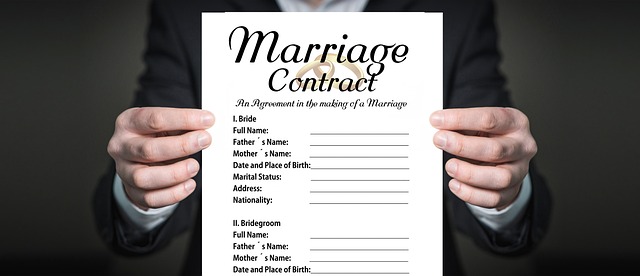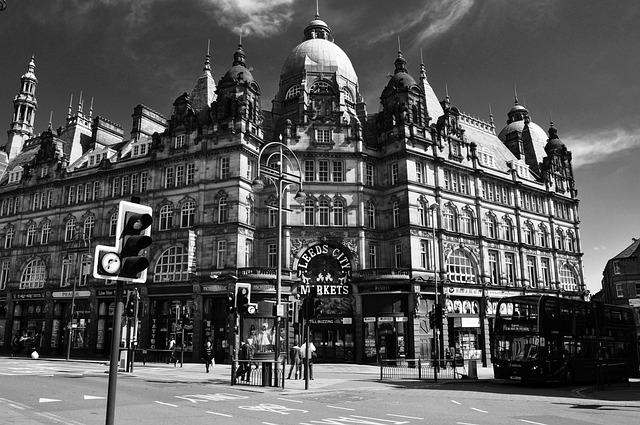In real estate, embracing green building standards is a strategic move towards sustainability. Globally recognized guidelines, promoted by various organizations, encourage environmentally conscious structures that conserve resources and minimize ecological footprints. By integrating renewable energy, efficient lighting, sustainable materials, and smart technology, developers create eco-friendly spaces that cater to discerning tenants and buyers. These practices offer significant environmental and economic benefits, leading to energy-efficient homes with lower utility costs, improved indoor air quality, and higher market values. Commercial buildings also benefit from healthier work environments and reduced operational costs, driving the demand for LEED certified spaces.
In today’s environmentally conscious world, green buildings are becoming the industry standard. This article explores the evolving landscape of real estate with a focus on understanding and implementing sustainable practices. We delve into the key components driving eco-friendly design approvals and analyze the profound impact on market trends in both residential and commercial spaces. By examining these factors, professionals can navigate the burgeoning demand for energy-efficient, environmentally responsible properties.
Understanding Green Building Standards in Real Estate

In the real estate sector, understanding and adhering to green building standards has become increasingly vital for developers, architects, and investors alike. These standards, established by various organizations and governments worldwide, aim to create environmentally sustainable structures that minimize resource consumption and reduce environmental impacts. By embracing green building practices, real estate professionals can contribute to a more sustainable future while also enhancing property values and attracting eco-conscious tenants or buyers.
Green building standards cover a wide range of aspects, including energy efficiency, water conservation, material selection, indoor air quality, and overall design strategies. For instance, incorporating renewable energy sources, implementing efficient lighting systems, using sustainable materials like recycled or locally sourced products, and optimizing natural ventilation are some key practices that contribute to a property’s environmental friendliness. Staying abreast of these industry standards allows real estate stakeholders to make informed decisions, ensuring their projects not only meet current regulations but also set benchmarks for future developments.
Key Components of Industry-Approved Eco-Friendly Designs

The key components of industry-approved eco-friendly designs in real estate are multifaceted, reflecting a commitment to sustainability and energy efficiency. Firstly, materials play a pivotal role; selecting environmentally friendly options that are locally sourced reduces carbon footprints associated with transportation. Secondly, efficient insulation and air sealing minimize energy loss, significantly enhancing the building’s overall energy performance.
Additionally, renewable energy systems such as solar panels and wind turbines are increasingly integrated into green building designs, providing clean energy alternatives. Smart technology for lighting and heating/cooling systems further optimizes resource utilization. These components work in harmony to create buildings that not only minimize their environmental impact but also offer comfortable living or working spaces, thereby appealing to environmentally conscious tenants and buyers in the competitive real estate market.
Benefits and Impact on Market Trends in Residential & Commercial Spaces

The adoption of green building standards has brought about significant benefits, both environmentally and economically. In residential areas, these standards have led to more energy-efficient homes, reduced water consumption, and improved indoor air quality, resulting in lower utility costs for homeowners. This shift towards sustainability has also influenced real estate market trends, with eco-friendly homes gaining popularity and often commanding higher prices.
In the commercial sector, green buildings contribute to a healthier work environment, enhanced employee productivity, and reduced operational costs. Businesses are increasingly recognizing the value of these standards, driving market trends towards more sustainable practices. The demand for LEED (Leadership in Energy and Environmental Design) certified spaces has been on the rise, encouraging developers and architects to incorporate eco-friendly designs into their projects to meet this growing demand.






